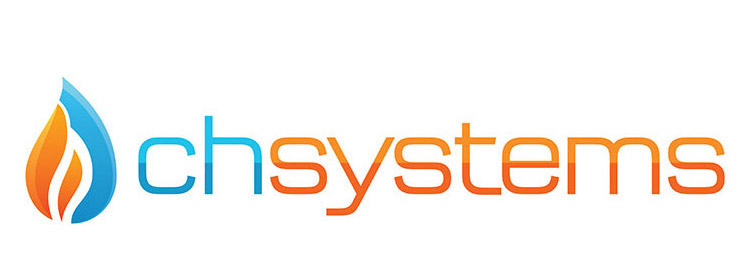Four ways to cut energy costs and grow your business
Following a survey of over 1,000 energy decision-makers around the world, new research by Centrica Business Solutions has found that, more and more, organisations are starting to take control of their energy. Data shows that:
- 1 in 3 businesses are exploring how energy can contribute to growth, greater efficiencies and reduced business risk.
- Organisations with a well documented energy strategy are 2.5x more likely to be efficient, well run and financially robust.
- 40 per cent of companies have significantly reduced energy costs after investing in advanced energy solutions.
In response to this information, Centrica has highlighted four proven opportunities that can be woven into business strategy in an effort to transform energy performance:
- Energy Insight – using energy data to create deeper insights and improve operational efficiency. By monitoring equipment with low-cost, wireless sensors, customers can quickly gain deep and insightful energy analytics, enabling them to pinpoint where energy waste is occurring and spots potential equipment failures before they happen.
- Energy Efficiency – reduce energy costs with innovative technology and solutions. An example of this is: replacing traditional light fittings with LED lighting, which is 90 per cent more efficient!
- Reduce your reliance on the grid with Combined Heat and Power (CHP). Using CHP on-site generation can reduce energy costs by up to 40 per cent, and unlock greater sustainability benefits by using renewable methane rich bio-gas to fuel the CHP process. By providing a stable, secure energy supply your site resilience is enhanced, protecting you from energy supply disruption.
- Improve sustainability with Solar and strengthen your brand reputation. Solar energy is one of the most cost effective methods of improving both financial and environmental performance.
Lastly, here’s a nifty little stat to cajole you onto the road of energy transformation: if you cut your energy costs by 20 per cent, you can gain the same bottom-line benefit as a 5 per cent rise in sales.
To find out more about how to implement any of the above energy opportunities, read: “Rethinking energy for better business performance” on Centricabusinesssolutions.com.
For all your energy related questions, feel free to contact the CH Systems team on 0208 302 8149 or info@chsystems.cc.


